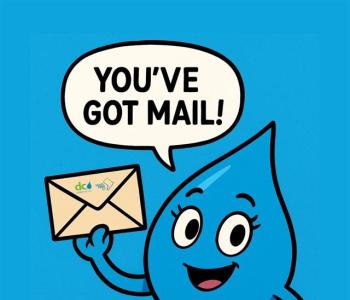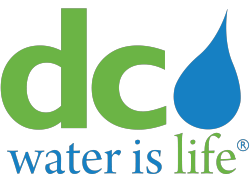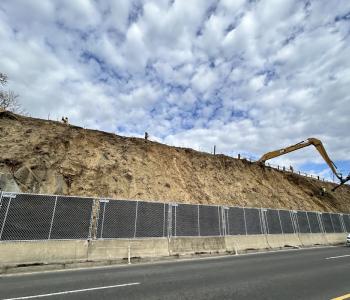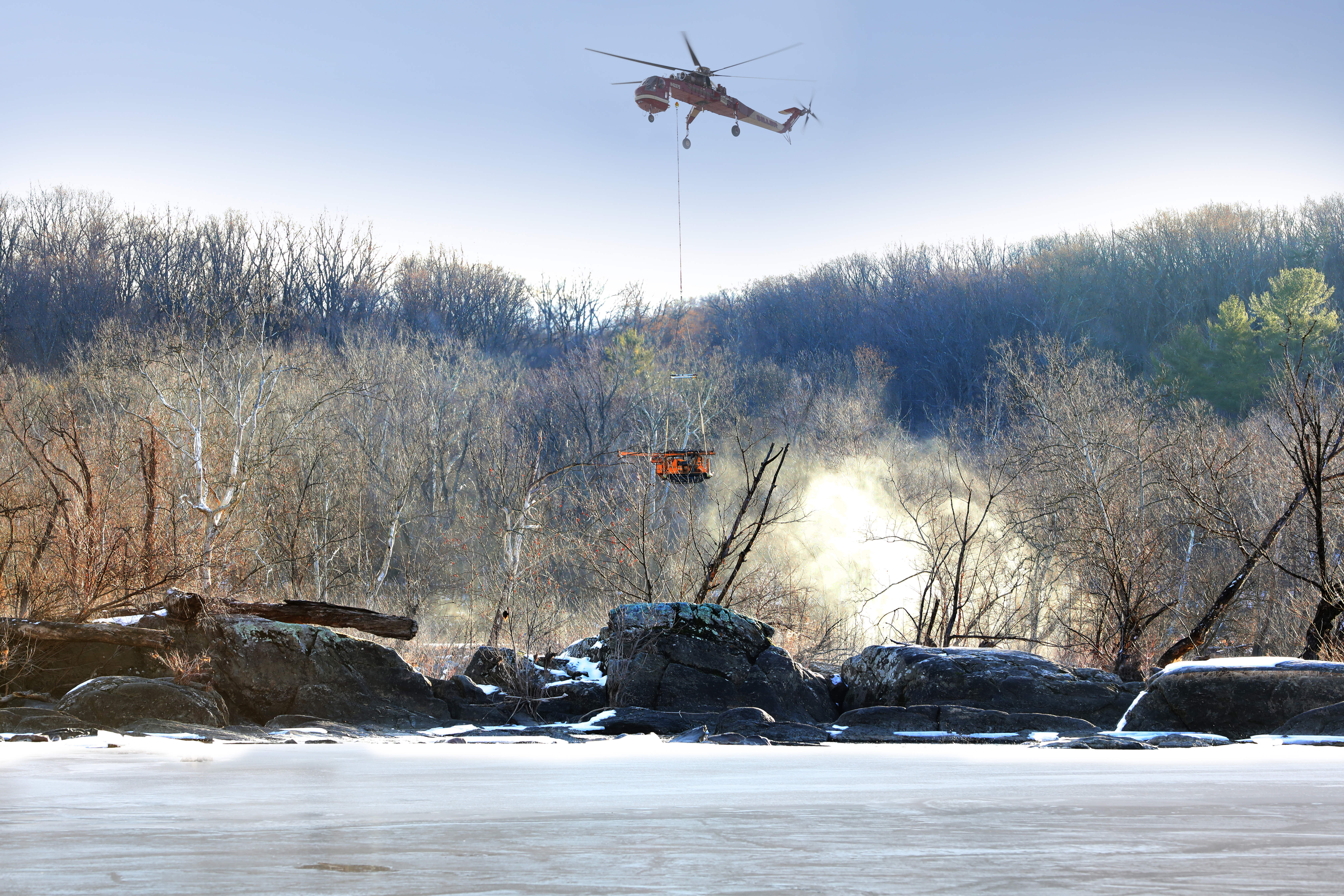WASA Board Approves Plan to Replace All D.C. Lead Service Lines
The District of Columbia Water and Sewer Authority’s (WASA) Board of Directors today approved a plan to replace all of the city’s lead service line pipes in public space by 2010.
“Replacing all D.C. public lead service lines is part of WASA’s long-term pledge to improve the water distribution system,” said WASA’s Chairman of the Board Glenn S. Gerstell. “Even though we know the Washington Aqueduct is trying to fix the problem that appears to have been created by their switch in disinfectants, as the water utility for the nation’s capital, we will take the extra step and remove the lead lines.”
Gerstell pointed out that although over the decades the District has sporadically tried to address the problem, no one has attempted a solution similar to what the Board has today approved.
“Even though these lead service lines were installed by homeowners and private contractors– some up to a century ago – WASA recognizes the need to undertake the largest lead service line replacement project in the country. Implementing this policy helps reduce the potential of lead leaching from service lines into some homes’ drinking water in the future.”
WASA is already exceeding the number of lead service line pipe replacements required by the Environmental Protection Agency. The EPA requires replacing seven percent of the city’s lead service line pipes in public space annually until 90 percent of the drinking water samples collected for compliance with the law fall below the lead action level of 15 parts per billion. But as part of its Community Water Pledge, WASA is committed to go beyond what is called for by the EPA, and the Authority will now physically replace all of the city’s 23,000 lead service line pipes that are in public space.
To ensure residents are fully informed about when lead service line replacement will begin in their neighborhood, WASA today also unveiled a Six-Point Resident Notification Plan. In each affected neighborhood before lead service line replacement work begins, the notification plan calls for WASA to:
1. Issue a calendar of planned replacements by block and/or neighborhood.
2. Contact customers scheduled for replacement individually by letter.
3. Place a door hanger on homeowners’ doors.
4. Contact customers who are part of the replacement program at three intervals: 45-days, 7-days and 48 hours before construction.
5. Participate in or host a community meeting in neighborhoods in advance of construction.
6. Provide a WASA contact name and number for questions and complaint resolutions.
“The lead service replacement program and notification plan is the next step in WASA’s pledge to residents to improve operations and enhance communications,” WASA General Manager Jerry Johnson said. “While WASA and our partners are working on shorter-term solutions to minimize the lead leaching from service lines by altering the water chemistry, the lead service line replacement plan demonstrates our commitment to work to help prevent future problems from occurring.”
Johnson previously announced that he will appoint a Lead Service Coordinator, reporting directly to the General Manager to manage WASA’s day-to-day lead services program activities.
Part of the Lead Service Coordinator’s job will be to coordinate construction with District of Columbia Department of Transportation (DDOT) and other utilities to minimize disruption.
“With any major construction project, such as replacing service lines, residents will experience some inconvenience that could disrupt their routine,” Johnson said. “WASA will coordinate with other utilities to minimize this inconvenience. And, in order for residents to understand when WASA workers will be in their neighborhood, we will work to give ample notification so residents can plan for any disruption that accompanies the upgrade.”
Since in the District, as in most U.S. cities, homeowners own the portion of the service line that runs from the edge of their property line to their house, residents will be responsible for replacing that portion of the water pipe. To make it easier for residents, WASA’s contractors can provide estimates to homeowners to replace private lead service lines at the same time as the contractors remove the public lines. Moreover, Wachovia, a national bank with a strong commitment to the local community, will make loans available to low-income D.C. homeowners to pay for private side service line replacements. WASA will work with Wachovia to make sure eligible homeowners are aware of this option provided to them by Wachovia. WASA is prohibited by law from paying for private side lead service line replacement with ratepayer funds.
It is estimated that the public side lead service replacement program will cost about $350 million. The cost of the service line replacement program will be financed through WASA’s capital budget.
The District of Columbia Water and Sewer Authority (WASA) is a multi-jurisdictional regional utility that provides drinking water, wastewater collection and treatment to more than 500,000 residential commercial and governmental customers in the District of Columbia and also collects and treats wastewater for 1.6 million customers in Montgomery and Prince George’s Counties in Maryland, and Fairfax and Loudon Counties in Virginia.






